LiFi Technology
If the potential of LiFi is fully realised in a practical capacity, which seems very likely, then we are about to see a revolution in wireless technologies. LiFi is an optical system for networking devices that uses Light Emitting Diodes (LEDS) to communicate data at literally the speed of light. The lights are caused to blink on and off in nanoseconds, so rapidly that it is undetectable to the human eye which just sees a steady beam. The light is picked up by photoreceptors and converted back into a digital signal.
It was Professor Harald Haas of Edinburgh University who first used the term LiFi during a Technology, Entertainment and Design talk although Visible Light Communications (VLC) is another term for this system.
One of the most exciting aspects of LiFi is that it currently uses the visible light spectrums but could in theory work with any part of the whole electromagnetic spectrum. Here, we might have an answer to the conundrum of providing the frequency capacity required for a demand that is growing exponentially. Visible light alone is 10,000 times greater than the radio spectrum and can be used to transmit data at a far higher density.
The main difference to conventional WiFi is the line of sight issue. Light does not bend around corners of its own accord, although it will bounce, and will not pass through opaque objects; so the receiver has to effectively be in the same, uncluttered,room as the transmitter. A distinct advantage of this limitation is that piggy backing, hacking and snooping from outside the confines of the building are less likely. Thoughts around this matter are suggesting a transmission that utilises the room’s lighting system, streaming data throughout a building. though this would require a major adaptation to the existing technology. Since the frequency of the light modulation is beyond that detectable by the human eye the same lighting would still suit current purposes.
Currently what is driving research forward is the data transfer speeds that are being achieved. Early models managed 150 Mbps and this is now available commercially, but advances in the laboratory are now hitting 10 Gbps. However, since it is photons carrying the information it can only aim to match the transfer rate of fibre optic internet cable which does go through walls and bend round corners.
Other benefits that can be delivered with the use of LiFi are a reduction in costs and increased efficiency in comparison to WiFi. Sensitive electronics such as those found in hospitals and aircraft are not affected which will allow use in previously problematical areas. Interference from radio and close proximity networks are also no longer issues.
A smart phone that uses liFi technology to convert light waves into an energy source was unveiled at the Consumer Electronics Show in Las Vegas in January of this year. This prototype was able to receive and process signals without taking power from its battery; which could significantly increase the time between charges.
Chris is a Physics student and part time writer. As part of his Masters studies he is researching the potentianal benifits of using alternatives to radio waves.

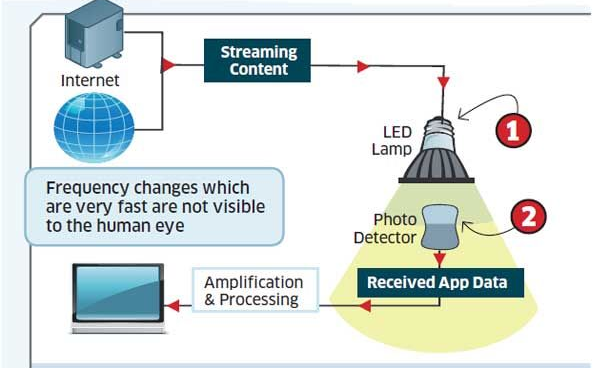
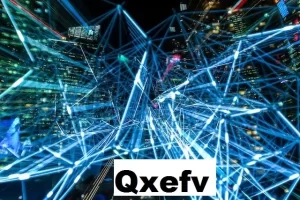

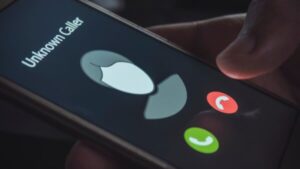
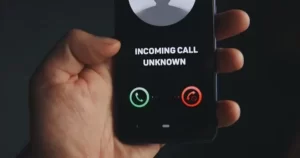
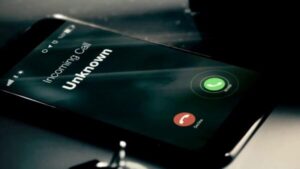











Be First to Comment